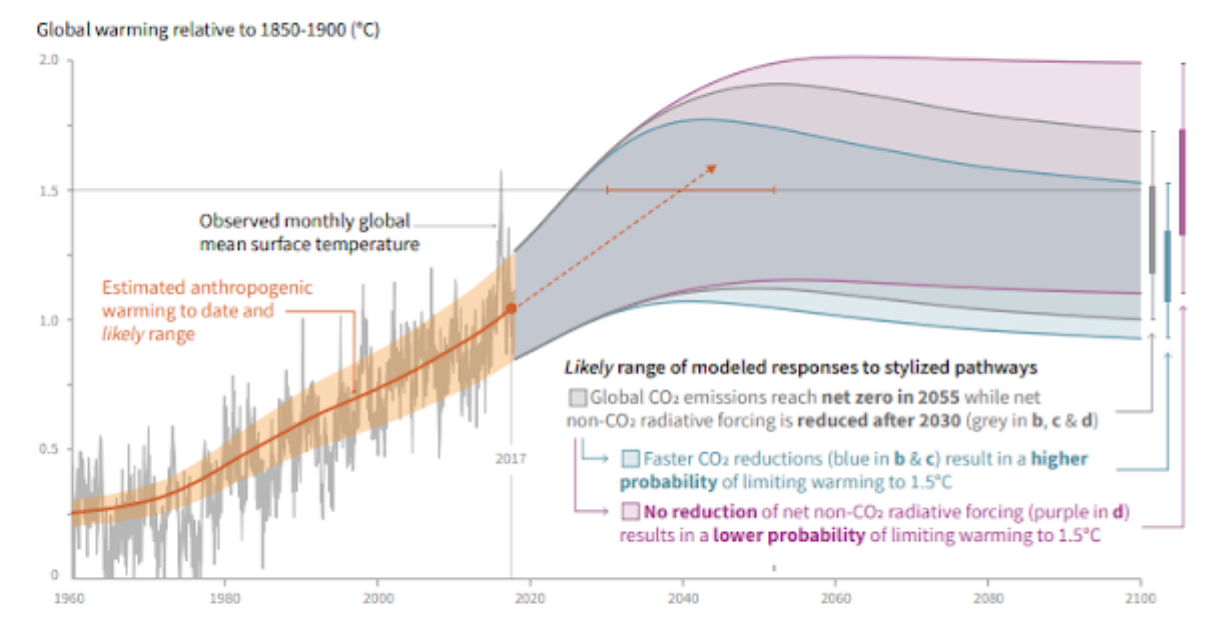By: Chris Fazarri, News Editor
2030: Technology has exploded, current seniors are being awarded doctorates, and River Hill may not even exist anymore. All this and that could be the every same year humanity seals its own tomb.
The Intergovernmental Panel on Climate Change (IPCC), an intergovernmental body of the UN known for its highly conservative estimates, recently issued their long-awaited report, “Global Warming of 1.5 °C”, which was commissioned during the Paris climate talks in 2016.
The report states that we have only twelve years to drastically reduce carbon emissions to keep the planet from warming over 1.5 °C (2.7°F) about pre-industrial levels.
1.5 °C doesn’t sound like a lot until the ramifications of that warming are understood. We are currently at 1° above pre-industrial levels. Storms have become far more severe and frequent. There are more droughts, more fires, rising seas, dying coral, and thousands upon thousands of other ways that life is dying.
A half a degree difference means a lot. 1.5° is a compromise to avoid complete devastation. According to the National Oceanic and
Atmospheric Administration, at a 2° rise, oceans will put over half the world’s cities at risk as they rise by over 3 feet, grain production will reduce dramatically, heat waves will significantly increase, and 30% of all life on the planet would be very vulnerable to extinction, among a host of other issues.
But, it could be so much worse. Former NASA scientist James Hansen remarked, “1.5 °C gives young people and the next generation a fighting chance.”
However, according to the report, this requires massive change. To not surpass “1.5°C, global net anthropogenic [human caused] CO2 emissions decline by about 45% from 2010 levels by 2030…. reaching net zero around 2050.” Everything about modern life needs to change, and it needs to change fast. The report concluded that “The ambitions stated by worldwide governments in the Paris accord of 2015 are no longer enough to limit global warming to 1.5C.”
This goal also requires “use of carbon dioxide removal (CDR) on the order of 100–1000 GtCO2 over the 21st century” To put this into perspective, 1010 gigatons of CO2 is the total amount of CO2 emitted by humanity from 1850 to 1999.
It is clear the climate change needs to be dealt with. But, this is the first time humanity has been given such short time limit to make needed changes.
Is this change possible? The IPCC states that “International cooperation can provide an enabling environment for this to be achieved in all countries and for all people, in the context of sustainable development. International cooperation is a critical enabler for developing countries and vulnerable regions “
Hopefully, it is possible. I’d like to live to be thirty.


